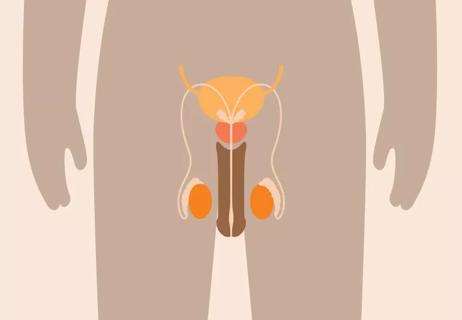Pain in the scrotum can be serious

While you might be amazed at how often your son talks about genitals, he may be less forthcoming if he’s experiencing scrotum pain.
Advertisement
Cleveland Clinic is a non-profit academic medical center. Advertising on our site helps support our mission. We do not endorse non-Cleveland Clinic products or services. Policy
Pain there is not uncommon, especially from bumps and bangs. “When kids are playing sports or messing around, they get hit down there quite often,” says pediatric urologist Audrey Rhee, MD.
But persistent pain after a kick or hit can signal trauma that requires urgent medical treatment. Scrotum pain can also be a sign of infections or other medical conditions.
Here’s what you should know about testicular pain — and how to talk about your son’s sore testicles without anyone dying of embarrassment.
Trauma, infection and other medical problems can all lead to pain in a boy’s scrotum, says Dr. Rhee. The most common causes of testicle pain in children include:
Advertisement
It can be hard for kids or parents to figure out the cause of scrotum pain, so if your son is complaining of pain, limping or acting uncomfortable, call your doctor for advice, Dr. Rhee advises.
And if the pain is severe and doesn’t let up, head to urgent care or the emergency room — timely care is crucial for testicular torsion or rupture.
Unfortunately, not all boys are upfront about their pain.
“Young boys are usually pretty quick to say it hurts down there. But as they get older, they’ll often say their leg hurts or their belly hurts,” Dr. Rhee says. “They tend to be vague.”
She recommends treating scrotum injuries just like any other injury: Be matter-of-fact. “A lot of people are uncomfortable talking about genitals, but it’s no different from talking about pain in your child’s arm or leg,” she says. “Don’t be afraid to look for redness or swelling in his groin area, and ask your son to point to the spot where it hurts.”
The sooner you start talking frankly with your son about his genitals, the better, she says. “When kids are young, teach them that if it hurts down there, they need to let you know,” she says. “It might seem uncomfortable to talk about this at first. But it’s the right thing to do and will help your son learn to take care of his body.”
Advertisement
Learn more about our editorial process.
Advertisement

The most common symptom is a lump on your testicle

A self-exam takes only two minutes once a month

The emergency room is for serious medical issues; urgent care can help when you can’t get a quick appointment with your child’s doctor

Lice don’t jump — but they can spread with direct head contact

Some warts will clear up on their own, but others may need home remedies or medical care

Autism and OCD often co-occur, but distinguishing between them is crucial for successful treatment

An allergist can help you make a plan that includes information about what to do in case of an allergic emergency

Delays in growth, stomach aches and bathroom issues are all symptoms of this serious digestive condition

Babies can get congested easily, but you can calm their cough by keeping them hydrated, using nasal drops and running a humidifier

Weight loss may cause loose, sagging skin and muscle loss to your rear

Several conditions, like vitiligo and fungal infection, can cause a loss of pigmentation, leading to white spots or patches on your skin